SLC S23W1/ Body Expression and Facial Expressions
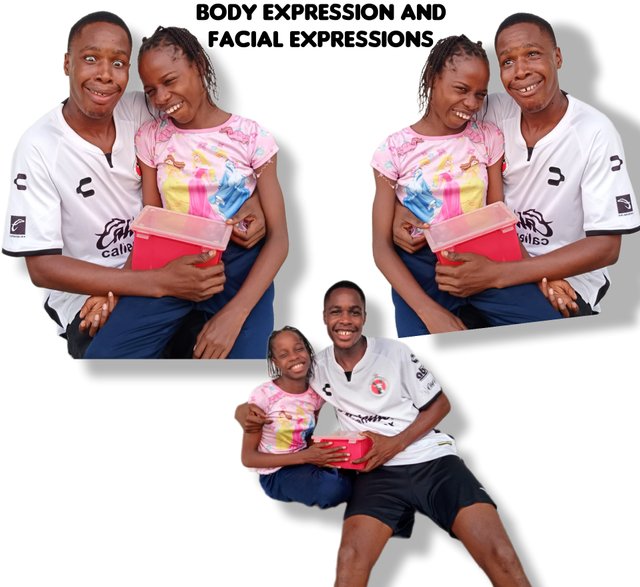
Yoo! I'm excited to be back for Season 23, Week 1 of the Steemit Learning Challenge. After a brief break, I'm ready to dive back in. This week, we're exploring Body Expression and Facial Expressions, it's going to be a blast. Let's get started and have some fun.
| Game Name | Material Used for the game |
|---|---|
| Expression frenzy challenge | Paper, Small box, Scissors, Pen. |
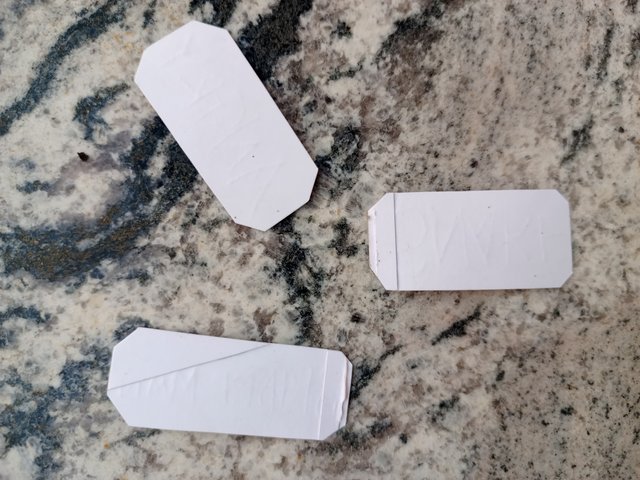 |  |
|---|---|
 |  |
Usefulness of each of the basic materials
- Paper: For writing down words, such as animal names, superheroes, and emotions.
- Small Box: To store the papers, keeping the written words hidden from the guesser.
- Scissors: For cutting the papers into small, manageable sizes after writing.
- Pen: For writing the words, such as animal names, superheroes, and emotions, on the papers.
With these materials ready, we're all set to start the game.
Explain in your own words how to play.
Game Rules for Expression Frenzy Challenge
The child expressing emotions must stand at a distance from the guesser.
When the child picks a paper, nobody else should see what's written on it.
The videographer or anyone around will not help the child in any way.
The child should only use facial expressions, emotions, and mimicking, no talking allowed.
If the child's initial mimicry or expression is unclear, I reserve the right to ask the child to repeat the action for better understanding, ensuring a more accurate guess.
Maintain the game's integrity.
To maintain the game's integrity and ensure unbiased guessing, it's ideal to enlist a neutral third party to prepare the papers.
I enlisted my neighbour's help to write down the names of animals, superheroes, and emotions on the papers. She then folded them neatly and placed them in the small box, sealing it to prevent any clues.
By doing so, I eliminated any potential bias and tested my genuine guessing abilities, making the game more exciting and challenging.
Here's how to play the game
Write and Cut: The third party will write the names of animals, superheroes, and emotions on plain paper. Afterward, cut the paper into your desired size.
Fold and Store: Fold the papers neatly and place them randomly inside the small box.
Child's Turn: During the game, the child will pick a paper from the box at random.
Secret Read: The child will read what's written on the paper silently, keeping it to themselves without sharing with anyone.
Expression and Guessing: After reading the paper, the child will set it aside and express or act out what's written on the paper through facial expressions, emotions, or mimicking.
My Turn to Guess: I'll observe the child's expressions, emotions, and actions, and try to guess what's written on the paper.
Reward and Recognition: If I guess correctly, I'll receive a point and a thumbs up from the child as a reward.
Role Reversal: In the next round, we'll switch roles, the child will become the guesser, and I'll be the one mimicking or acting.
Winning the Game: The game will conclude with the person having the most points and thumbs up being declared the winner.
How did you feel playing, was it fun?
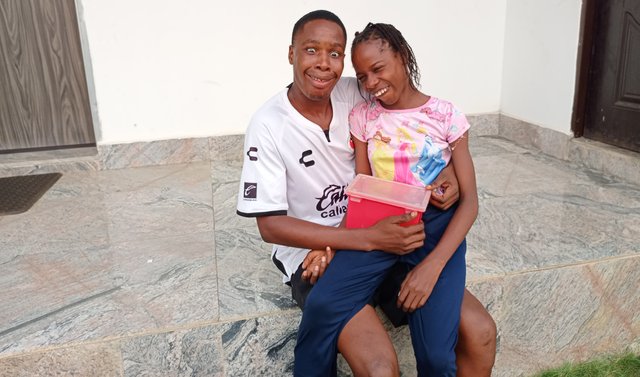 |
|---|
 |
|---|
I must admit, I haven't had this much fun playing a game in a long time. I laughed so hard my ribs almost hurt. The experience was refreshing, as I'd never played this game before. What made it even more enjoyable was playing with a lively 13-year-old who brought immense energy and excitement to the game.
Initially, I was skeptical, wondering how I, as an adult, would enjoy a game typically suited for children. But I was pleasantly surprised. This game is definitely one I'll continue to play even after this challenge. It's a great way to unwind, have a good laugh, and create memorable moments. **Surely, the game was fun.
What was the easiest mime to imitate and what was the most difficult for the child?
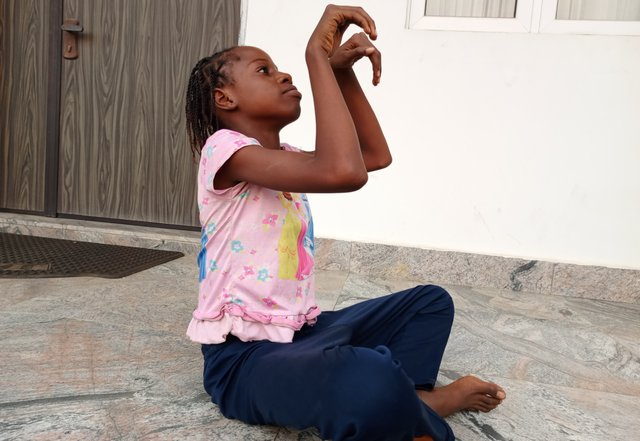 |
|---|
After the game, I asked the 13-year-old child to reflect on her experience. I inquired about the easiest and most challenging mimes she had performed. Interestingly, she mentioned that mimicking a horse was the simplest for her.
I think I understand why. She's an avid fan of the Merlin movie series and has observed how horses in the film react, especially during battle scenes, by lifting their front legs. This familiarity made the horse mime a breeze for her.
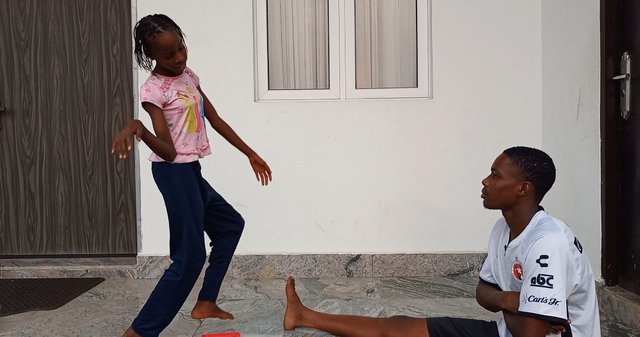 |
|---|
The 13-year-old child confessed that mimicking an imbecile was the most challenging for her. She admitted that she had never seen someone with intellectual disabilities before and felt fearful and uneasy about it.
As I watched her attempt to mimic the movements, I was impressed by her courage. However, it was clear that she was uncomfortable and didn't sustain the mime for long. Despite her reservations, she persevered, recognizing that it was all part of the game.
Evidence.
I'd like to invite @josepha @dexsyluz and @whizzbro4eva to participate in this challenge.

https://x.com/alliFx1/status/1892306815192342700?t=cd8lR2JqURCCO0vxYB6YZQ&s=19
@tipu curate
Upvoted 👌 (Mana: 2/7) Get profit votes with @tipU :)
I like your cover photo the most. The facial expressions of both of you are outstanding. The expression of the horse was cool. It is so creative. Good luck my friend.
Thanks dear😀